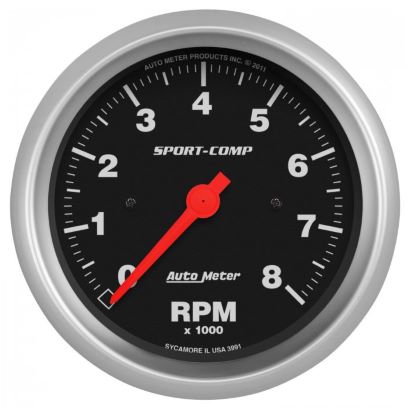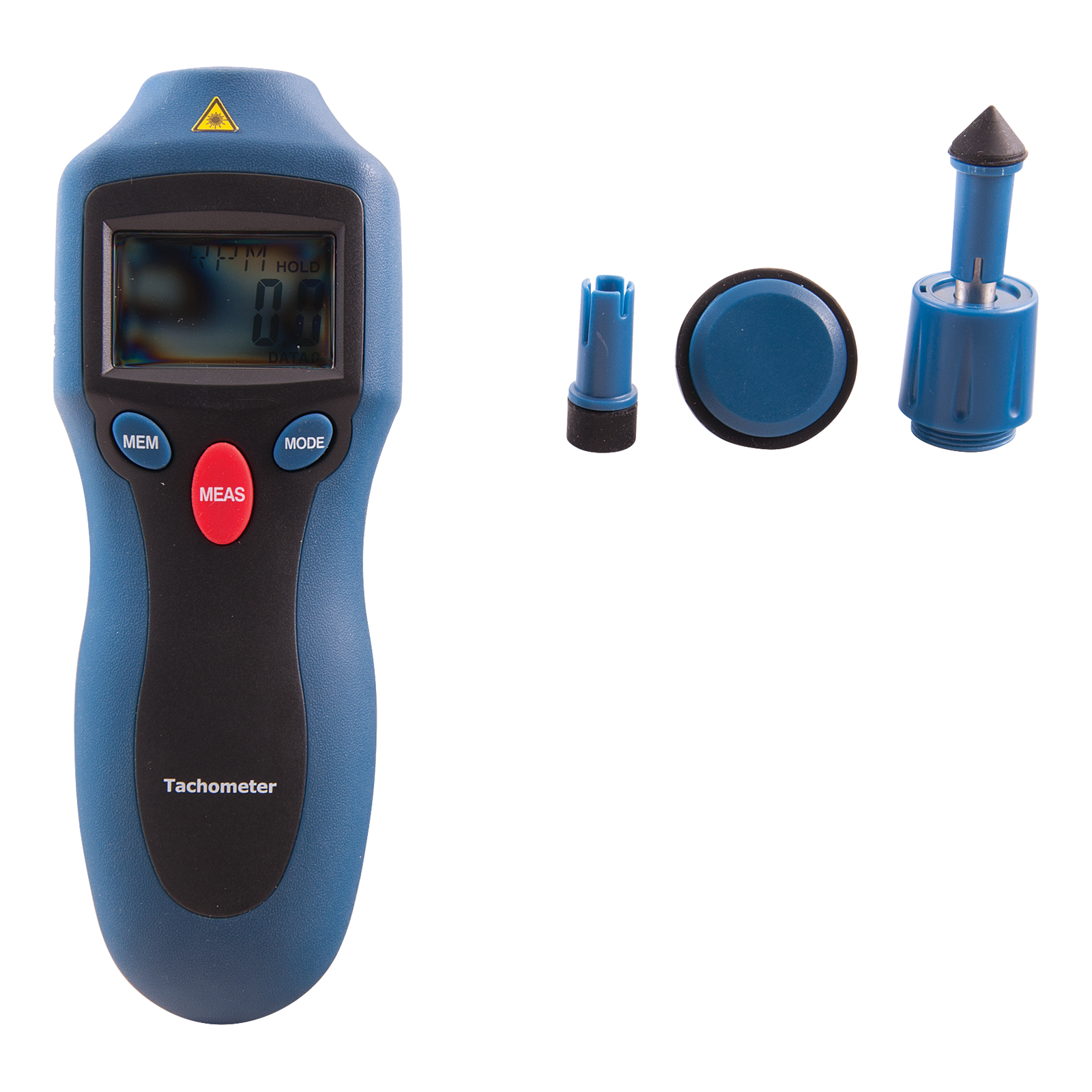Comprehensive Overview to Recognizing and Utilizing a Tachometer Successfully
Comprehensive Overview to Recognizing and Utilizing a Tachometer Successfully
Blog Article
The Significance of a Tachometer in Checking Engine Speed and Efficiency in Automotive Applications
In the world of vehicle design, the tachometer stands as a crucial tool in the chauffeur's arsenal, supplying a direct home window into the inner operations of a vehicle's engine. Past its feature as a mere gauge of changes per min (RPM), the tachometer works as an essential device for fanatics and professionals alike, providing real-time understandings into engine performance and health. Understanding the relevance of this tool surpasses surface-level observations, diving right into the complex connection between engine rate, power output, and overall driving experience. As we explore the diverse function of the tachometer in automotive applications, a deeper gratitude for its impact on lorry dynamics and performance starts to arise.
Value of Checking Engine RPM
Keeping track of engine RPM, or changes per minute, is a crucial facet of auto maintenance and efficiency assessment. Engine RPM directly associates with the rate at which the engine's crankshaft revolves, showing exactly how quickly the engine is running - tachometer. By keeping track of RPM, mechanics can evaluate the health of the engine, detect potential problems, and fine-tune efficiency. An uncommon RPM analysis might signify issues such as engine misfires, defective spark plugs, or problems with the fuel distribution system. Regularly high RPM analyses could indicate hostile driving habits or the need for a higher gear shift to improve gas performance.
Additionally, checking engine RPM is necessary for efficiency examination in auto racing and high-performance lorries. Maintaining optimum RPM levels is vital for attaining peak power output and acceleration. Racers frequently use tachometers to guarantee they are operating within the ideal RPM array for maximum performance. In recap, keeping an eye on engine RPM is not only essential for identifying concerns but also for enhancing engine performance in numerous auto applications.

Benefits of Real-Time Data
In automobile applications, real-time information plays an essential duty in offering immediate understandings right into the efficiency and problem of the car. By constantly keeping track of various criteria such as engine speed, temperature, fuel usage, and extra, real-time data supplies various benefits that add to enhanced effectiveness and safety and security on the roadway.
One significant benefit of real-time data is its capability to alert motorists and technicians to any anomalies or problems quickly. This proactive approach enables fast recognition of possible troubles, enabling timely interventions to stop additional damage or failures. Additionally, real-time information assists in efficiency optimization by offering immediate responses on driving routines and engine effectiveness. Motorists can adjust their behavior in real-time based upon this details to accomplish far better fuel economy and lengthen the lifespan of their automobile.

Moreover, real-time information plays a vital role in contemporary vehicle diagnostics, making it possible for technicians to promptly detect and resolve breakdowns. This results in lowered downtime, lower upkeep expenses, and inevitably, enhanced overall automobile reliability and longevity (tachometer). By using the power of real-time data, vehicle stakeholders can make educated choices that favorably influence both the performance and long life of the vehicle
Impact on Equipment Shifts
Reliable gear changes in auto applications dramatically affect total performance and driving experience. The tachometer plays a vital duty in maximizing equipment official website changes by supplying real-time engine rate information to the driver. When coming close to the redline on the tachometer, it signifies the vehicle driver to upshift to stop over-revving the engine and triggering potential damage. On the various other hand, downshifting at the ideal minute can aid keep the engine in Recommended Site its power band, making sure responsive velocity when required.
In addition, the tachometer aids in accomplishing smoother equipment changes, specifically in manual transmissions. By monitoring engine speed, vehicle drivers can execute equipment changes at the optimal RPM array, lowering jerking movements and lessening wear on the transmission elements. This accuracy in gear changes not only improves driving convenience but additionally adds to sustain performance.
Enhancing Gas Performance
Given the essential role the tachometer plays in maximizing gear changes for performance and engine health and wellness, it directly contributes to taking full advantage of gas efficiency in automotive applications. By supplying real-time responses on engine speed, the tachometer assists chauffeurs in keeping one of the most efficient RPM range for gas economic climate. When drivers consistently monitor the tachometer and readjust their driving practices as necessary, they can stay clear of unnecessary fuel intake created by over-revving or lugging the engine.
Additionally, the tachometer helps chauffeurs determine one of the most fuel-efficient equipment to be in at any given minute, protecting against the engine from functioning more difficult than explanation essential. This is particularly vital throughout velocity and cruising, where remaining in the best gear can considerably influence fuel efficiency. Additionally, the tachometer can signal chauffeurs to possible mechanical problems that can be adversely impacting fuel economic climate, such as a sliding clutch or a clogged air filter. To conclude, the tachometer functions as an important tool in boosting fuel performance by promoting optimum driving behaviors and determining locations for enhancement in the lorry's efficiency.

Maximizing Engine Longevity
The tachometer's duty in keeping track of engine speed and efficiency is instrumental in making certain the durability of automobile engines. By utilizing the tachometer properly, chauffeurs can enhance engine durability via conscious RPM management. Constantly revving an engine too expensive can lead to extreme wear and tear on important elements, such as the pistons, shutoffs, and bearings. With time, this can result in reduced engine performance and potential malfunctions. Checking the tachometer enables vehicle drivers to stay within the suggested RPM variety for their vehicle, preventing unnecessary pressure on the engine and prolonging its life expectancy.

Final Thought
Finally, the tachometer plays a critical role in checking engine speed and efficiency in vehicle applications. By offering real-time data on RPM, it enables efficient gear changes, enhanced gas performance, and made best use of engine durability. This device is crucial for preserving optimal engine performance and ensuring the overall functionality of a vehicle.
Report this page